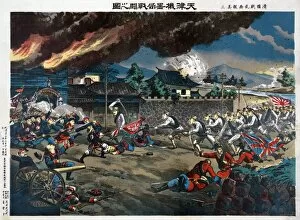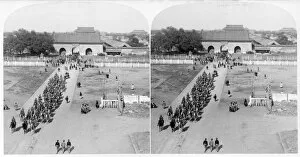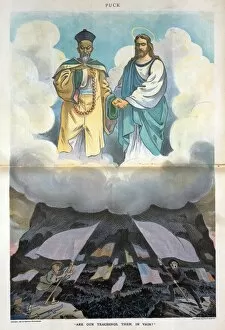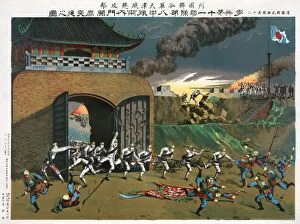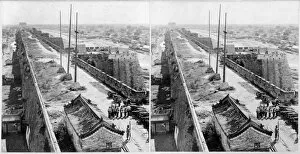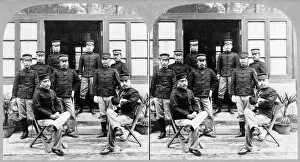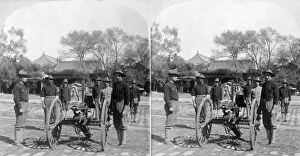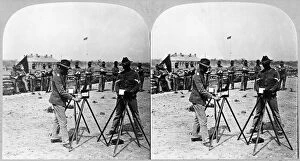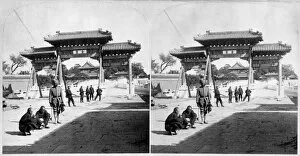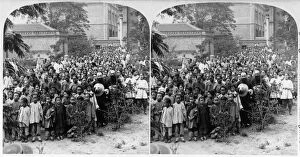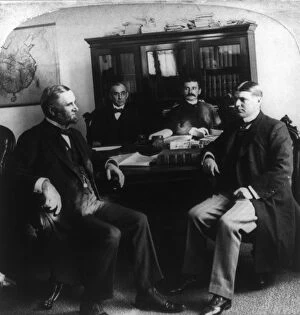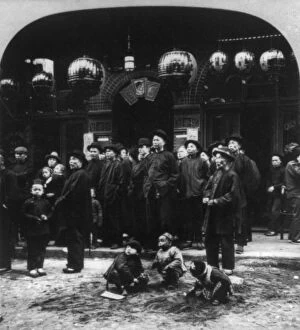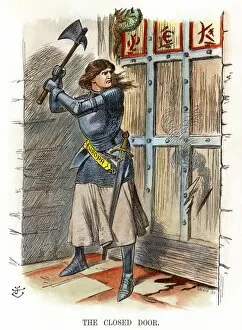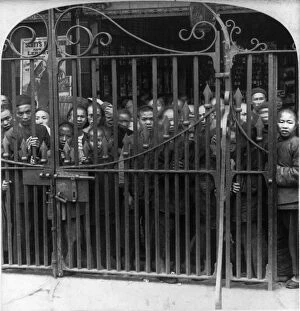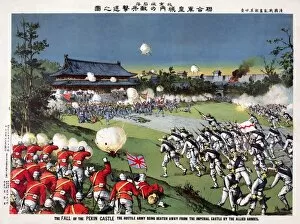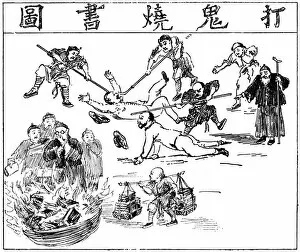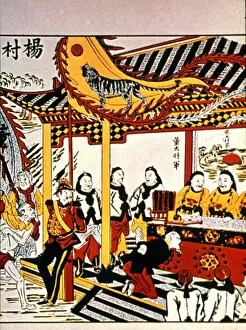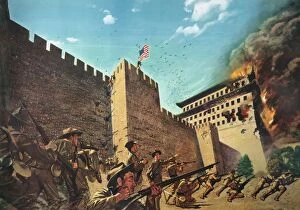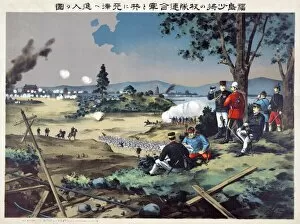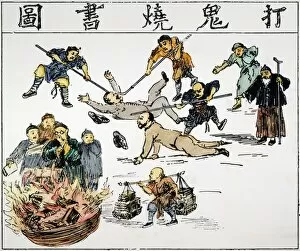Anti West Collection
"Unveiling the Anti-West Sentiment: A Glimpse into the Boxer Rebellion and its Aftermath" The year was 1900, a time of turmoil in China as the Boxer Rebellion unfolded
For sale as Licensed Images
Choose your image, Select your licence and Download the media
"Unveiling the Anti-West Sentiment: A Glimpse into the Boxer Rebellion and its Aftermath" The year was 1900, a time of turmoil in China as the Boxer Rebellion unfolded. British and Japanese troops found themselves locked in fierce battles against the formidable Boxer forces in Tianjin. Meanwhile, across Beijing's Palace Grounds, the 14th United States Infantry stood resolute, guarding against any potential threats. Amidst this chaos, a disturbing possibility emerged through a thought-provoking cartoon depicting an unsettling future for the East. The intricate Chinese labyrinth seemed to trap Uncle Sam within its grasp, raising questions about Western influence on Eastern affairs. As tensions escalated further during this period of history, Japanese troops burst through gates with determination to engage their adversaries head-on. Russian artillery guarded Beijing's city walls while Chinese Christians fled from their homes amidst the chaos unleashed by the rebellion. In another corner of Beijing, officers of the Japanese army gathered together during these uncertain times. Their presence symbolized Japan's growing influence in China and hinted at future conflicts that would shape global politics. Within this backdrop of conflict and upheaval, even World War I made its mark on China. An American cartoon depicted how observers wondered if they would be enlightened by such events unfolding far away from home. Yet amidst all these struggles and clashes between East and West lay moments of unity. The Bengal Lancers returned from Count reception - a reminder that alliances could transcend cultural boundaries when necessary. Intriguingly enough, U. S soldiers utilized heliographs to send messages during this turbulent era - showcasing technological advancements bridging vast distances within seconds. Reflecting upon these glimpses into history allows us to understand how anti-West sentiments brewed during pivotal moments like the Boxer Rebellion. It serves as a stark reminder that actions have consequences beyond borders – shaping relationships between nations for years to come.

